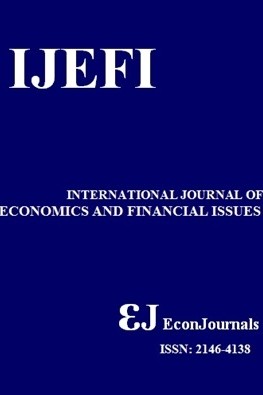Ownership Structure, Corporate Governance and Firm Performance
Ownership Structure, Corporate Governance and Firm Performance
Ownership Structure Corporate Governance, Bursa Malaysia,
- Başlangıç: 2011
- Yayıncı: İlhan ÖZTÜRK
Zul-atfi ISMAİL, Azrul A. MUTALİB, Noraini HAMZAH
The Impact of Migration on Rural Poverty: The Case Study of District Faisalabad, Pakistan
Rakhshanda KOUSAR, Farah NAZ, Tahira SADAF, Sultan Ali ADİL, Tayyab Zeeshan SHAHİD, Shahid MUSHTAQ
Seyed Taghi Pardis, Saudah Sofian, Dewi Fariha Abdullah
Impact of Sector Level Variables on Political Scenarios in Pakistan
Suresh Ramakrishnan, Agha Amad Nabi, Zulkarnain Daud, Melati Ahmad Anuar
Zulkipli Ghazali, Muhammad Zahid, Tan Siok Kee, M. Yussoff Ibrahim
The Effectiveness of Fraud Prevention and Detection Methods at Universities in Indonesia
Faiz Zamzami, Nabella Duta Nusa, Rudi Prasetya Timur
What Does Matter? Liquidity or Profitability: A Case of Sugar Industry in Pakistan
Muhammad Zulqarnain Safdar, Muhammad Zahid Awan, Zeeshan Ahmed, Muhammad Imran Qureshi, Tafakhar Hasnain
Global Financial Crises: Origin and Management
Hock Lye Koh, Su Yean Teh, Wai Kiat Tan
The Origin of Oil Plunge in Political Economy and Aftermath on the Oil Price
Muhammad Suhaimi Mohd Yusof, Abd Rahim Romle, Mashitah Mohd Udin, Mohd Khirul Azwan Mohd Kamal, Muhammad Aqmarul Azri Azmi
Default Prediction in Pakistan using Financial Ratios and Sector Level Variables
